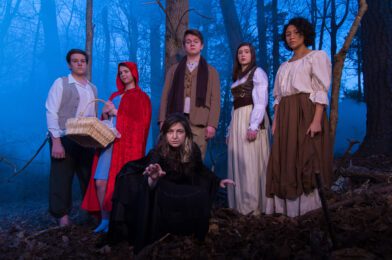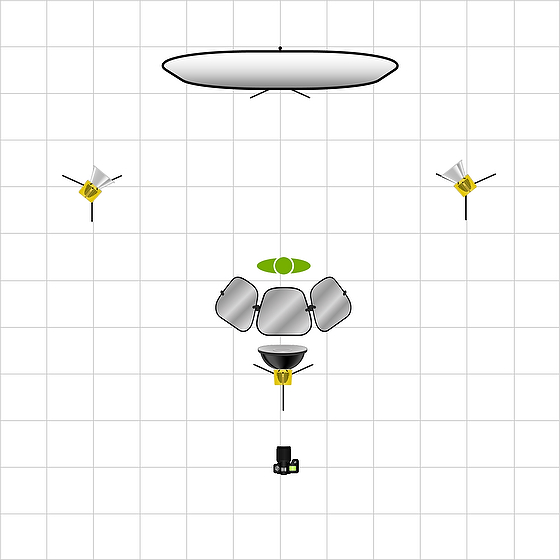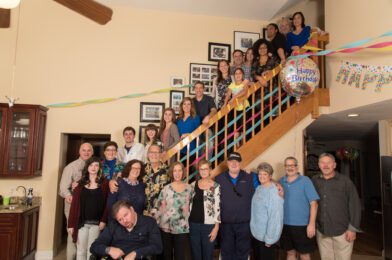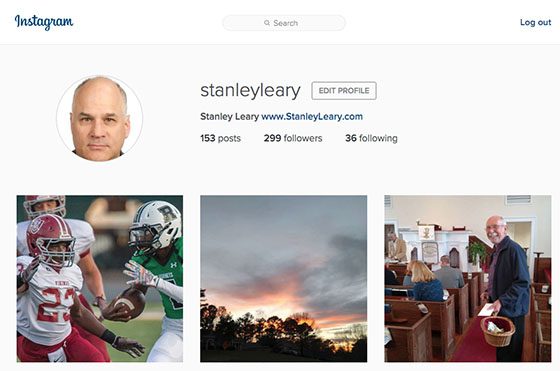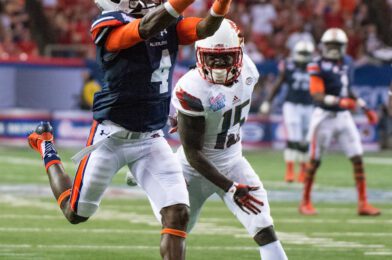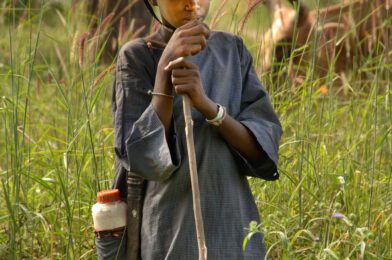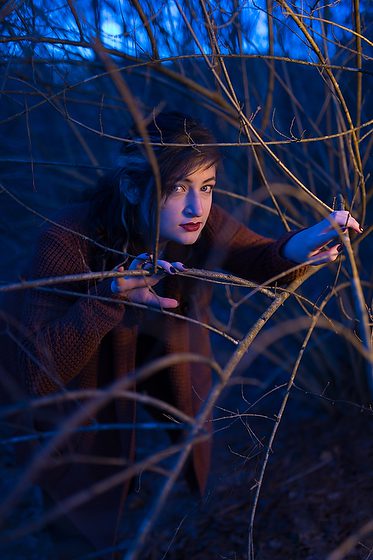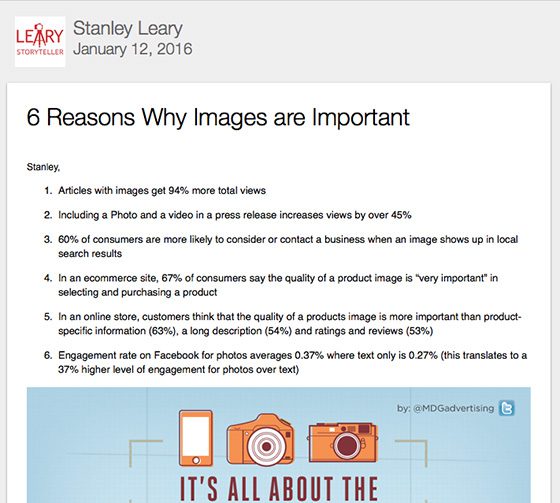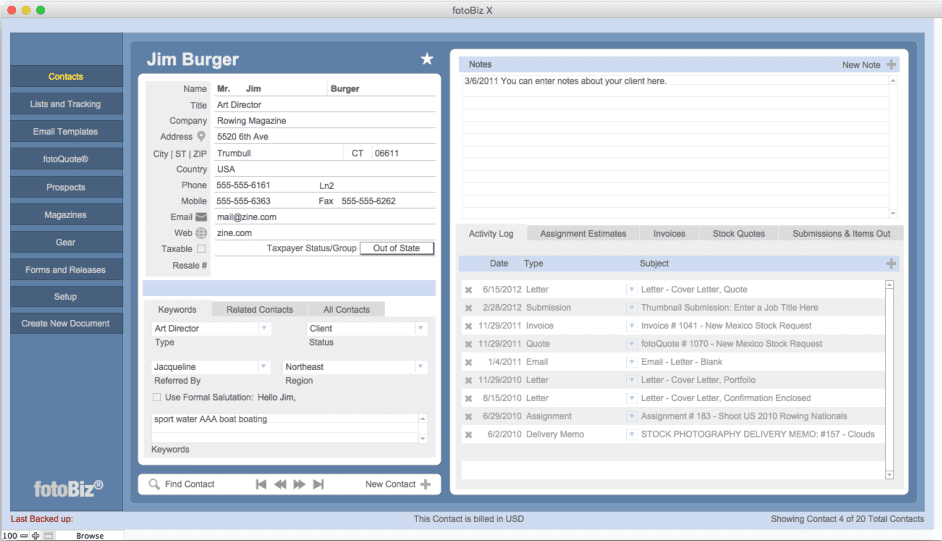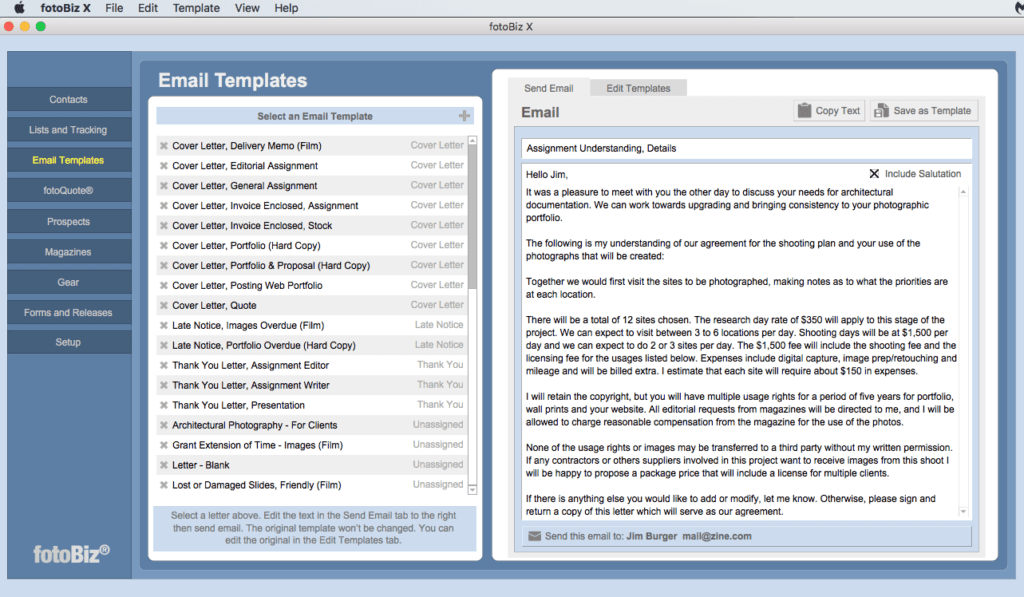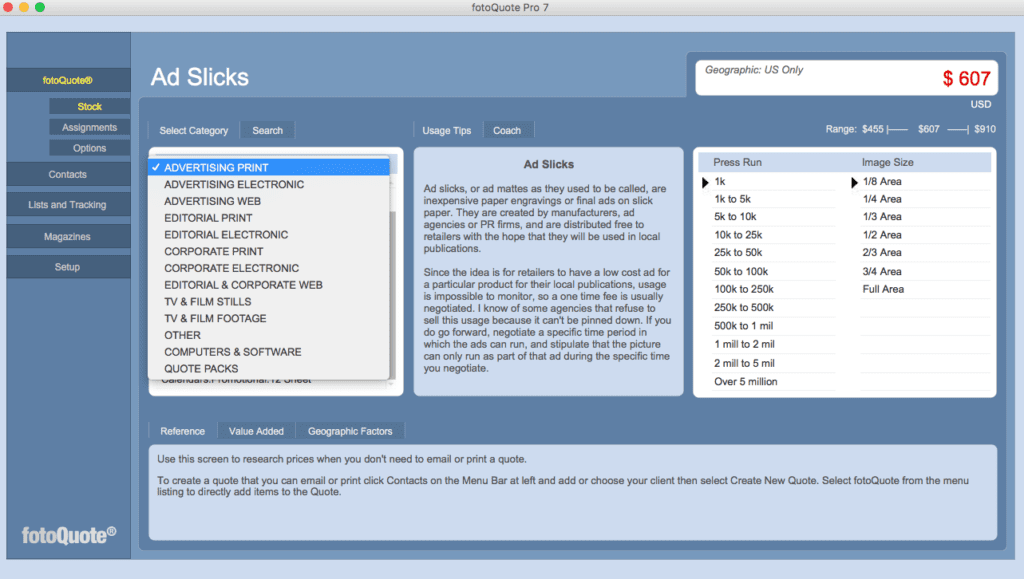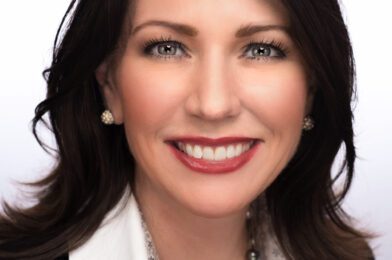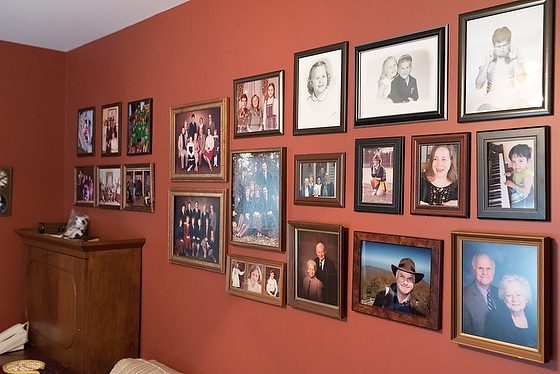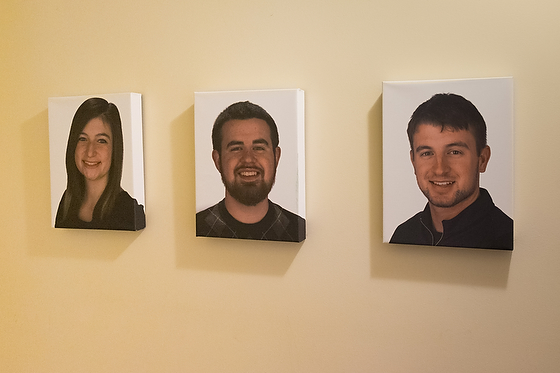| Nikon D4, Sigma 24-105mm f/4 DG OS HSM Art Lens, ISO 1250, ƒ/8, 1/50 |
Just the other week, I teased you with some test shots. These are some of the final images from our shoot.
Editorial Note: Due to the contract signed to put on the play we cannot promote the name of the play until February 23rd. Another theater company is putting it on right now and has rights to PR and Advertising in our market.
Now to give you a feel for the before and after, here is a shot my wife took on her phone.
Yes, we are shooting during daylight. So you cannot get this photo with your smartphone or, for that matter, any camera.
Photography like this is about lighting and controlling it.
I set up 3 Alienbees B1600 flashes with CTO gels on the lights earlier. The camera is white balanced for tungsten. This white balance adjustment means wherever the flashes of orange light hit will be neutral and give good skin tones. However, all the available daylight will now be blue.
 |
| Nikon D4, Sigma 24-105mm f/4 DG OS HSM Art Lens, ISO 2500, ƒ/6.3, 1/8000 |
For the individual cast member shots, I just used one flash off to the side about 45º right of the camera and about 45º above the cast member’s head.
You should notice that the shutter speed is 1/8000. To make this work, I am using the PocketWizard TT5 on the flash with an AC-9 adapter plugging into the phone cord connection on the Alienbee B1600. This gear will let me shoot at any shutter speed. We call this high-speed sync.
I have the PocketWizard TT1 transmitter with the AC-3, which lets me remotely control the flashes’ power from the camera. For example, I turn up or down the power from -3 to +3 in 1/3 increments.
There are three groups, A, B, and C, and two Channels, 1 & 2. Each flash was on a different group setting, and all were simultaneously on the same channel to fire.
 |
| Nikon D4, Sigma 24-105mm f/4 DG OS HSM Art Lens, ISO 2500, ƒ/5.6, 1/5000 |
 |
| Nikon D4, Sigma 24-105mm f/4 DG OS HSM Art Lens, ISO 2500, ƒ/7.1, 1/5000 |
 |
| Nikon D4, Sigma 24-105mm f/4 DG OS HSM Art Lens, ISO 2500, ƒ/6.3, 1/8000 |
 |
| Nikon D4, Sigma 24-105mm f/4 DG OS HSM Art Lens, ISO 2500, ƒ/6.3, 1/8000 |
 |
| Nikon D4, Sigma 24-105mm f/4 DG OS HSM Art Lens, ISO 2500, ƒ/6.3, 1/8000 |
We moved the group around in our backyard, trying different locations and lighting.
 |
| Nikon D4, Sigma 24-105mm f/4 DG OS HSM Art Lens, ISO 1600, ƒ/5, 1/8000 |
The most significant changes from my test shots, which you can see in the earlier blog post, were 1) Costumes, 2) Makeup & 3) smoke machine.
As you can see, we had to work to get the right shot with the smoke. So often, it overpowers the photo.
Here is a view of the photo without the strobes going off.
Now you know how sometimes they film those nighttime scenes in so many movies.

